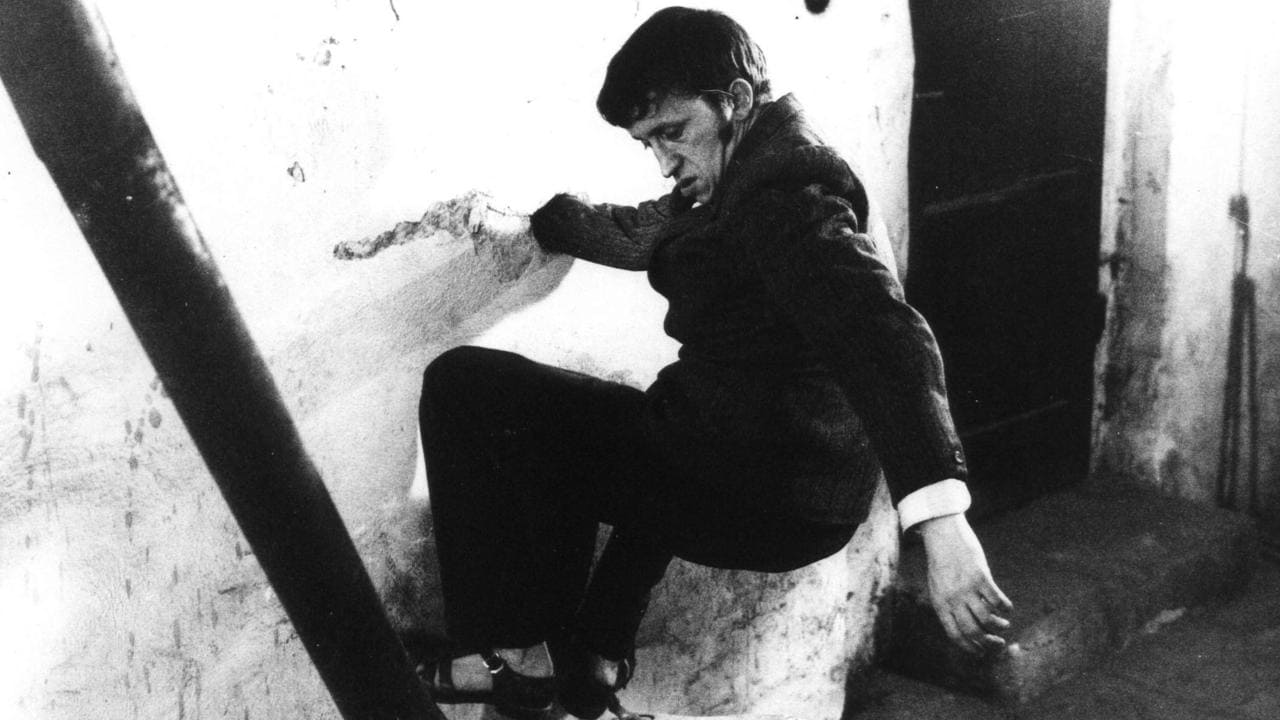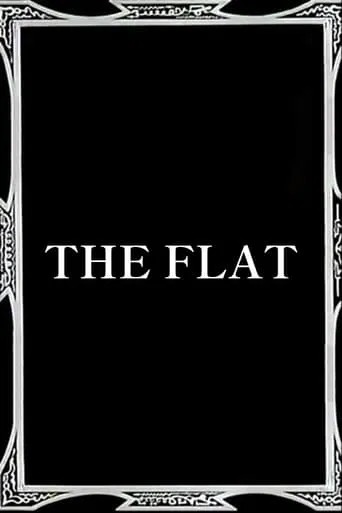

In many of Jan Svankmajer's films, you really cannot ask why things are happening. He's a surrealist and his work is not supposed to make sense. So, my advice is just sit back and enjoy--and this one is very, very enjoyable."Byt" begins with a poor guy going into a very strange house where the laws of physics simply don't apply. He tries to find a way out, but it's almost like the house is fighting him--messing with his mind. A few examples include: lighting a match and opening a stove--only to have water come pouring out, chair legs that grow and shrink to prevent you from using the chair, glasses of beer that change as fast as you can blink into various sizes and photos that simply refuse to be straightened. As I said, there really is no reason for this--it just is. BUT, it also is very clever and quite funny. Through the use of stop-motion, Svankmajer has managed to keep my attention and create a one of a kind strange world. Well worth seeing.
... View MoreThere's probably some greater meaning to this short film from Jan Svankmajer, but I'm not even going to bother with it. All that you need to know is that 'Byt / The Flat (1968)' involves a man trapped in an apartment that more closely resembles a carnival house-of-horrors, and where the laws of physics and logic don't hold much sway. From this simple premise, the Czech Republic's master animator reaches into the bizarre depths of his mind to construct a version reality that doesn't quite make sense; it's a surreal nightmare where nothing operates as it should, everything goes wrong, and it seems that the frustration will never end. Water spews forth from a wood-fire stove; a single swinging lightbulb bashes a hole in the brick wall; a hearty meal goes uneaten when the utensils constantly play up; a water tap disgorges a solid rock. This is one of Svankmajer's few ventures into live-action film-making, though the technique of stop-motion utilised so effectively in films such as 'Dimensions of Dialogue (1982)' forms the backbone of his creepy visual effects.It may all mean something, but I'm more interested in the mood that Svankmajer is able to create through his use of visuals, particularly the stop-motion, which leaves the viewer bewildered and disorientated. The images are accompanied by an original soundtrack by Zdenek Liska, but it's often too dramatic and overwhelming to suit the film; something more restrained and mysterious would, I think, have been more appropriate to the tone for which Svankmajer was aiming. Ivan Kraus portrays the flat's unfortunate victim, and he responds to each new obstacle with a stunned deadpan frown that only occasionally betrays the enormous frustration and desperation that he is experiencing. The short film ends with the man, having bizarrely just encountered a visitor wielding an axe and a chicken, tearing down a wooden door to reveal a wall of signed names, with a pencil dangling alongside. Some have interpreted this as referencing the secret police interrogations that took place in Czechoslovakia when the Soviets invaded in 1968. It's a compelling theory, I'll admit, but I enjoyed 'Byt' mainly for its visuals.
... View MoreThere's something about art and artists. Sometimes the effect of the art isn't a conversation between the viewer and the artist, instead between the artist and the viewer. And often neither party knows it.Its particularly apparent when the artist is damaged in some way and he or she create art that conveys that damage. This is common, I think because when there is a human trying to reach us, we allow an inadequate vehicle. I think the effect is so common and so well understood that weak artists, artists who cannot create powerful work, feign this dynamic.Here we have an odd little student film, almost a student film. It conveys a world that doesn't work -- not comically but frustratingly as if it were deliberately teasing us. Whatever is behind this flat is evil.Watch closely and you will see that the film is rather incompetent. But we don't notice, because as with Tim Burton we see the strange dude who made it. And we imagine what type of man he would have to be, and under what conditions he lives.(I could have chosen a dozen filmmakers as examples and you would have equally known what I meant.) Either way, this is uninteresting.Contrast this to "The Cube" of about the same time, the one by Jim Henson, also a puppeteer making the bridge to film-making. It is based on much the same notions. Yet Henson's little project is a marvel of competence, several competences.What we have here instead is just a glass through which we see a sad man.Ted's Evaluation -- 1 of 3: You can find something better to do with this part of your life.
... View MoreSvankmajer's first monochrome film, "The Flat" is about this late 1960's Czech everyman who has been literally flung into this dingy, primitive apartment. There he quickly discovers that reality does not work as it should; the man attempts to light a wood-fired stove, but water comes out, dousing the match; for no reason, the bare lightbulb begins swinging and lengthening it's cord, so it can bash a small hole in a brick wall, whereupon the light retracts into the ceiling. In the middle of the room there is a table with a meal (a boiled egg in a holder, soup, a tankard of beer, and a plateful of things that look like linked sausages.) The man sits down to eat, only to have the beer become a tiny doll's stein when he drinks it, then reverting to the (now-empty) tankard when he puts it down. He can't drink the soup, because suddenly the spoon has holes. He tries to break the egg, only to have it break the holder and fall through the table onto his foot, a painful experiance. The "sausages" are also inedible; they bend the fork prongs. The man then attempts to sleep in a bed, but it disintigrates into a large pile of sawdust. In the end, a man walks into the room in slow motion, holding a chicken and an axe. The protagonist takes the axe as the man glides back out through a second door. The door has no handle, so the everyman hacks it to pieces, only to find that it covers a wall. The wall is covered with names; the man adds his with a pencil.I went to the trouble of recounting most of the film to make a point, that this is an allegory of the secret police interrogations that went on after the Soviets reinvaded Czechoslovakia during the "Prague Spring" of 1968. In such an interrogation, the subject would be more and more disoriented by placing the person in a cell with no windows where the light (from a bare bulb) was eternally on, along with nonsensical questioning, irregular meal times, and bizarre arbitrary behavior by guards and interrogators. At the end of whatever time it took to break the prisoner, he/she would be forced to sign a confession, either written by the prisoner or concocted by the secret police. I suspect that the only reason that "Byt" survived was due to the literal-mindedness of Czech censors and the secret police.
... View More